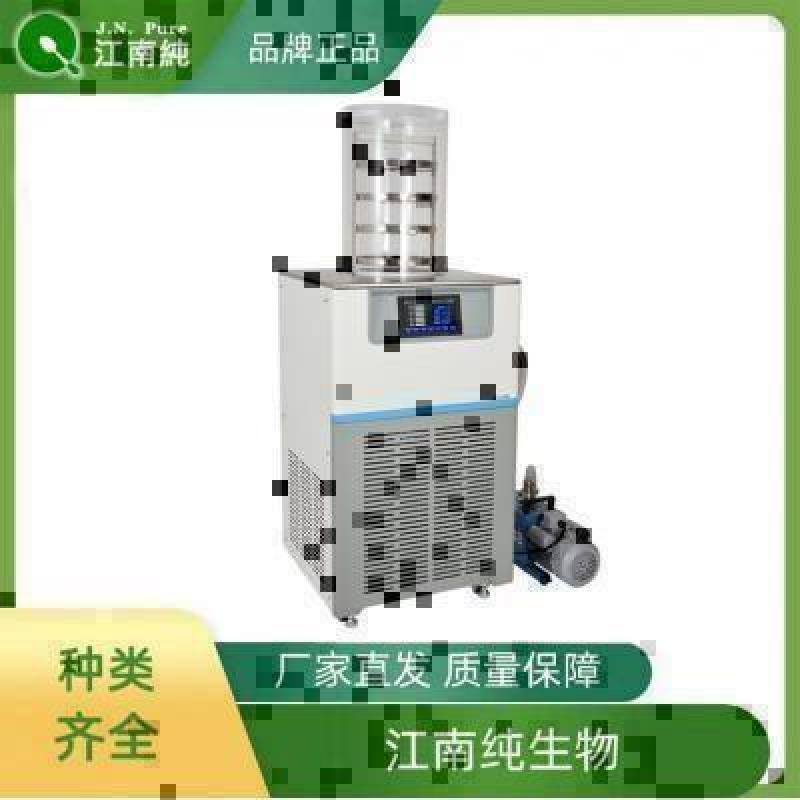Anti-FIP1L1 antibody
| 英文名称 | FIP1L1 |
| 中文名称 | 高嗜酸性粒细胞综合症相关蛋白FIP1L1抗体 |
| 别 名 | DKFZp586K0717; Factor interacting with PAP; FIP1; FIP1 like 1 (S cerevisiae); FIP1 like 1; FLJ33619; hFip 1; hFip1; Pre mRNA 3 end processing factor FIP1; Rearranged in hypereosinophilia; RHE; FIP1_HUMAN. |
DATASHEET
Host:Rabbit
Target Protein:FIP1L1
IR:Immunogen Range:501-594/594
Clonality:Polyclonal
Isotype:IgG
Entrez Gene:81608
Swiss Prot:Q6UN15
Source:KLH conjugated synthetic peptide derived from human FIP1L1:501-594/594
Purification:affinity purified by Protein A
Storage:0.01M TBS(pH7.4) with 1% BSA, 0.03% Proclin300 and 50% Glycerol. Shipped at 4℃. Store at -20 °C for one year. Avoid repeated freeze/thaw cycles.
Background:The Component of the Cleavage and Polyadenylation Specificity Factor (CPSF) complex plays an important role in the 3'-end formation of pre-mRNA. This complex recognizes the AAUAAA signal sequence and interacts with poly(A) polymerase to process and add to the poly(A) tail. FIP1L1 (FIP1-like 1), also known as Pre-mRNA 3'-end-processing factor FIP1, FIP1 (Factor interacting with PAP) and RHE (Rearranged in hypereosinophilia), is a 594 amino acid nuclear protein that is a component of the CPSF complex. Within the complex, FIP1L1 contributes to the poly(A) recognition and stimulates poly(A) addition. Fusion of the genes encoding FIP1L1 and PDGFRA due to an interstitial deletion on chromosome 4q12 is the cause of hypereosinophilia syndrome, a rare blood disorder characterized by continuous overproduction of eosinophils in the bone marrow that leads to tissue infiltration and organ damage. There are three isoforms of FIP1L1 that are produced as a result of alternative splicing events.
Size:100ul
Concentration:1mg/ml
Applications:WB(1:500-2000)
ELISA(1:5000-10000)
Cross Reactive Species:Human
Mouse
Rat
Chicken
Dog
Pig
Cow
Horse
Rabbit
Sheep
.
For research use only. Not intended for diagnostic or therapeutic use.


好评度